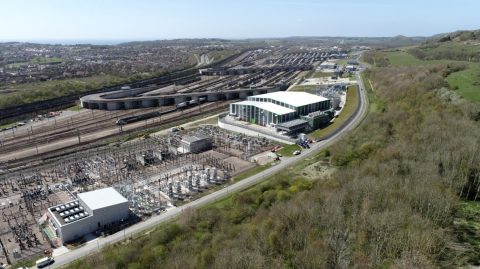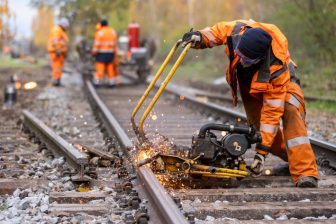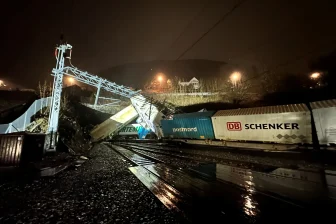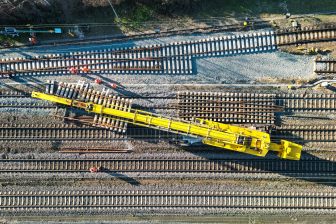
Eurotunnel’s new electric grid solution enables 60 per cent more trains
The ability to facilitate extra traffic ties in with the expansion goals of Eurostar. 2023, Getlink
Following five years of research and and investment of 45 million euros, Eurotunnel commissioned the world’s most powerful STATCOM system in a railway environment this week. Developed by GE together with Eurostar, this static compensator will improve the stability of the electrical network, which in turn can facilitate extra traffic through the tunnel connecting the UK to mainland Europe.
Want to read more?
You have read all of your free premium articles for this month. Please become a subscriber to keep reading.
Subscribe now!
Take advantage of our exclusive offer to get full access to all premium content.





Same, the needed at basic, at track structure, has to be provided!
(There, amplitude of dynamic forces imposed, by system, is high, too high – and unlimited…)
Not sustainably, a “deed of necessity” has been established, the “optimal maintenance” – the attending maintenance (repairing…) strategy.
Accordingly, now broken rails…, by far, is most frequent single cause of derailments… ( Apart of corrugation, now “squats”, cracks, are left to be attended by frequent grinding, etc.)